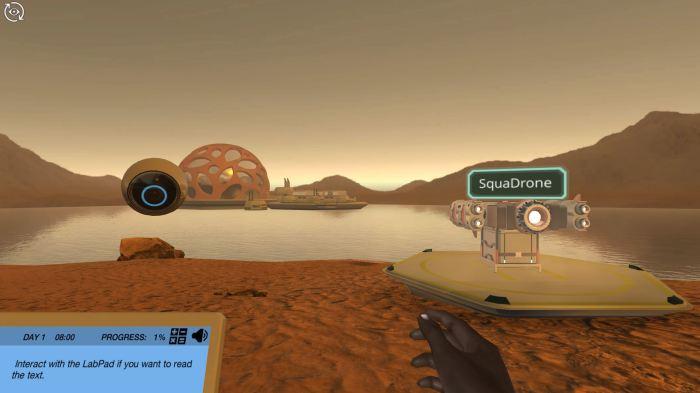
Reaction kinetics is an astonishing branch of chemistry that studies the rate at which chemical reactions occur and the factors that influence their speed. Chemists and biochemists investigate the mechanisms by which reactants (substrates) are converted into products as well as quantitatively analyze reaction rates to gain meaningful insights. It can’t be overemphasized that the study of reaction kinetics is essential in understanding the “behavior of chemical reactions” and “biologically significant pathways” (for both primary and secondary metabolite synthesis)!
Educators dealing with the subject often struggle to explain the intricacies of the topic like equilibrium conditions, catalysts’ effectiveness, etc. For this reason, we have compiled 5 innovative strategies that can revolutionize the way we teach reaction kinetics to our students. Who knows, we can make it a hit amongst them too!!!
Educators can utilize models and computer simulations to demonstrate the optimization of chemical reactions. One can plan on using molecular-level virtual simulations to delve into the intricacies of reaction kinetics. Not only will this help in showcasing how factors like temperature, and substrate concentration influence reaction rates but will also provide room to create “virtual experiments” to illustrate the impact of adjusting these reaction parameters on the rate of the reaction.
Interactive models can permit students to explore the importance of catalysts in accelerating chemical reactions. As interactive models can efficiently simulate the reaction process both “with the catalyst” and “without the catalyst,” this will pave the way for students to compare and contrast the differences in reaction rates. You can also use Labster’s Reaction Kinetics Model to illustrate this example.
Another way to simplify the core ideas of reaction kinetics is by incorporating interactive and engaging game-based activities into your teaching plans. You can engage students in a rate law relay activity where students must solve the “rate law” and “Arrhenius’ equation problems” to move on to the next step. This little activity will help in the reinforcement of the mathematical aspects of reaction kinetics while promoting problem-solving skills, teamwork, and healthy competition.
Labster efficiently gamifies the topic of reaction kinetics through an immersive simulative game “Power up the Squadrone!” where players can learn about the main factors influencing chemical reaction rates and apply this knowledge to enhance the output of a drone transporter’s propulsion fuel. Throughout the game, players explore hands-on optimizations using the rate law and Arrhenius' equation, eventually relating these effects to molecular-level phenomena.

If you aim to foster a real appreciation for the significance of reaction kinetics in various fields, you have to gather the maximum indulgence of students in the classroom setups. With conventional modes of teaching, this might seem a difficult job but with the integration of technology, you can transform the existing picture.

Discover Labster's Reaction Kinetics virtual lab today!
Educators can effectively connect the topic of reaction kinetics with prospective career paths to showcase its lucrative potential for students eyeing professional success. This will motivate them to learn the core ideas of reaction kinetics and acquire a valuable skillset.
One can plant to highlight how understanding reaction kinetics is crucial for chemical engineers and industrial chemists. By explaining how the application of this knowledge helps them optimize chemical processes, design efficient reactors, and improve production yields, you can motivate them to head toward important industries like pharmaceuticals, petrochemicals, and food processing.
By showcasing the real-world applications of the core ideas of reaction kinetics, educators can justify its importance in addressing current global challenges and solving real-time issues. No doubt, its practical relevance in diverse fields makes it a valuable area of study for students seeking to contribute to scientific advancements and make a positive impact on society.
Teaching reaction kinetics in a modern way with advanced tools is vital for educators today. Preparing students early for the application of the core ideas of reaction kinetics is vital in addressing global challenges. Modern teaching modalities along with interdisciplinary connections are the way forward!
Try our free 30-day All Access Educator's Pass today and teach with the Reaction Kinetics simulation alongside 300+ other virtual labs!

Labster helps universities and high schools enhance student success in STEM.
Request DemoRequest a demo to discover how Labster helps high schools and universities enhance student success.
Request Demo